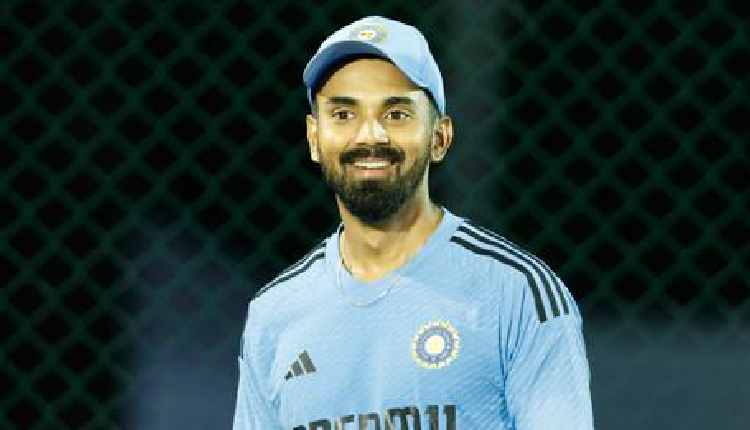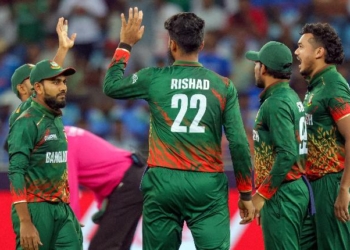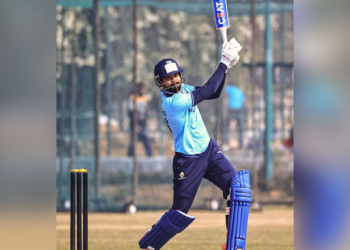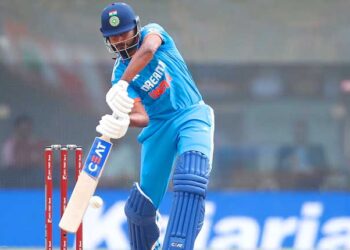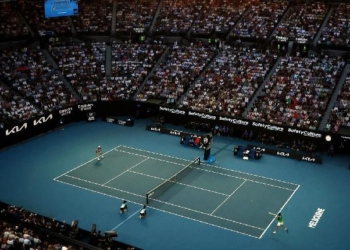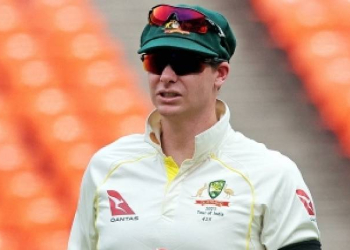Colombo: India’s wicketkeeper-batter KL Rahul said his lesson on recovery from a right thigh surgery which kept him out of competitive cricket action since May this year was to respect his body and give it enough time to recover. He returned to competitive cricket through India’s Super Four match in the Asia Cup against Pakistan.
Rahul injured his right thigh during Lucknow Super Giants’ match in IPL 2023 against Royal Challengers Bangalore on May 1, while chasing the ball to stop a boundary in the second over. It was revealed on May 5 that Rahul has suffered a significant tear to his tendon in the quadriceps of the right thigh and underwent a surgery for the same.
“When you have surgery, the most important thing is for you to respect that you put your body through something very big, you’ve had a big repair, so you have to respect it and give your body enough time to recover. I think skills, for me at least, I know that I only needed a few weeks to get back in touch.”
“I gave myself only a couple of weeks or three weeks time to really get back to playing cricket and getting that skill part of it sorted. The big thing was to feel confident in my own body and be pain-free, and be pain-free in movements that require a lot of intensity. I knew coming back I’ll have to keep wicket as well. And that was one of the big concerns for physios and for me,” said Rahul in a video posted on bcci.tv.
Rahul added that the biggest challenge was in his mind, especially of wicketkeeping, when undergoing rehab at the National Cricket Academy (NCA) in Bengaluru. “A big question mark in my head was that the biggest challenge for coming back will be wicketkeeping because of the quadricep injury.
“When you’re wicketkeeping squatting down every ball, you require a lot of strength in your quads and you need it to support you. You need your body to support you and be pain-free. And a lot of times it’s also like you fight a big mental battle where you always thinking at the back of your head that, okay, I might feel pain. And when you’re in that mindset, you can’t really start focusing on skills.
“So the biggest challenge was to get rid of that fear and get rid of that pain aspect of things. Once you get through that, and that can only happen when you take things step by step. Like I said, I was in the hands of some really good physios and trainer at the NCA, so they really guided me and they knew when to push me, when to step back. Once that happened, then skill took place, I started sprinting and doing all of that,” he elaborated.
On July 21, the BCCI had said in a medical update that Rahul has resumed batting in the nets and is undergoing strength and fitness drills. But he suffered a niggle unrelated to the original injury, resulting in him missing the Pallekele leg of the Asia Cup.
“Unfortunately, in the process of doing that (recovery), I developed a small niggle just before I could come back into the team, which was a big downer. I was actually ahead of schedule, and I felt like I could come back much before the Asia Cup and give myself a lot of time and prepare myself really well.”
“But unfortunately, one more niggle set me back a couple of weeks. I went through a bit of ups and downs within the recovery period as well. So that’s part of it. I was ready mentally, so I think that really helped,” he added.
Rahul also noted that he was very motivated to do his rehab drills and recover well to be fit in time for the tournament as well as for the upcoming Men’s ODI World Cup at home. If not for a last-minute back spasm to Shreyas Iyer, Rahul wouldn’t have been named in the playing eleven for Sunday’s match against Pakistan.
“It was quite strange this time. The other times that I’ve had surgery or injuries, I find myself really being bored, not knowing what to do or not having any motivation to wake up and go and do physio. It’s really boring, it’s really frustrating, and you get really lazy after a point of time. But this time it didn’t happen.”
“I don’t know that it was, but I always found the motivation to go and do the boring stuff, this time this period of being away from the game, to just not really be desperate about anything. I just wanted to enjoy the process of even doing physio something as boring as physio, which is not as rewarding as playing a game of cricket, but I try to enjoy.I think that made it really easily,” he said.
“In a way, I feel like I’ve been away for four months, but it didn’t feel like it was a long time. It went really quickly. There were days or there were a couple of weeks that felt really long and really slow, but mostly was all happening really fast and I was training and I was improving each day and I could see that.
“So I felt more motivated to go back again and get even better. So each day kept getting better, 2%, 1%. And when you are seeing that improvement, you also feel motivated to go back. I think it all worked out really well for me,” he concluded.
(IANS)




